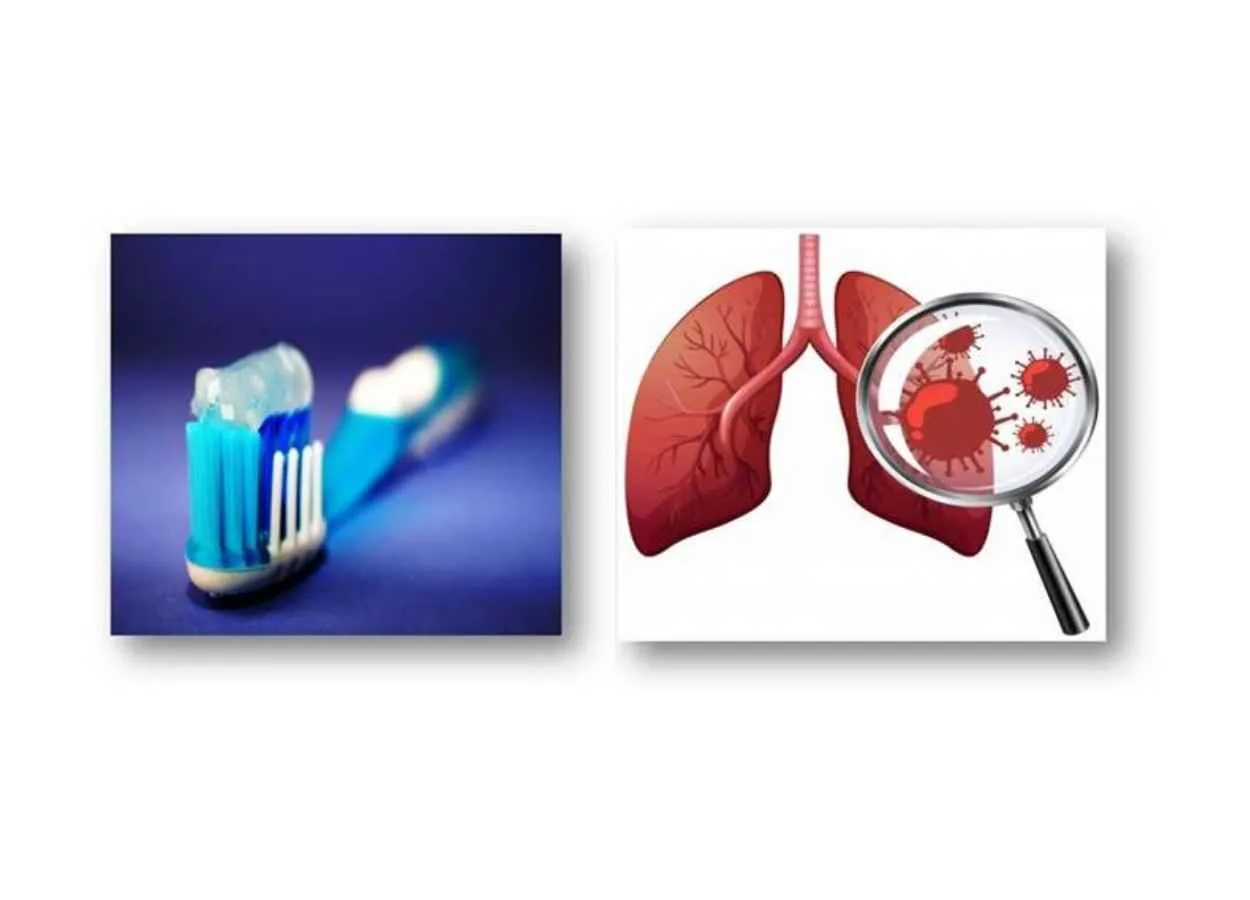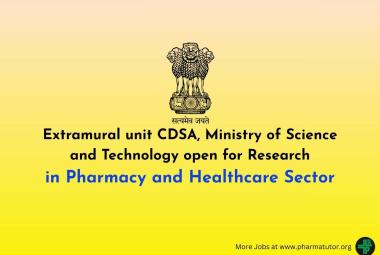About Author
Dr.Poonam Mogal
Technical marketing Manager
Kumar organics Product Ltd. Bangalore
marketing_manager@kumarorganic.net
Biofilms : A problem creator for antibiotics
Have you ever forgotten to brush your teeth? If yes, then have you observed that sticky film forming around your teeth? It is in fact nothing but coordinated functional community of different types of bacterias in your mouth sticking to surface of teeth known as biofims. These biofilms not only causes damages to heath of teeth but also poses different problems when they infect different cells in your body. These biofilms often grow on the surface produced by matrix secretion of slime by them. These sticky matrixes give them resistance against different antibiotics or even pumps out them from surface.
There is more to triclosan usage
Triclosan has been a well known antibacterial active ingredient used since past 20-25 years in toothpastes and oral care products. Recently, it has received lot of bad reputation because of its over usage in consumer products leading to antimicrobial resistance moreover also banned in certain regions. But there are multiple evidences that go on to prove the effectiveness of this chemical compound in curing lung disorders, against malaria and its effectiveness in reducing surgical infections when used in sutures.
The University of Michigan has multiple articles to support that Triclosan can be effective against Cystic fibrosis, a lung disorder. They have found that Triclosan inhibit bacteria from multiplying and can be used alongwith tobramycin where it will help in killing cells which protects Cystic fibrosis bacterias like P. aeruginosa, by up to 99.9% (1) (2).
Cystic fibrosis : A genetic disease
Cystic fibrosis is identified as genetic in origin that is attributable to mutations in the cystic fibrosis transmembrane conductance regulator (CFTR) gene on chromosome 7 which is commonly diagnosed at an early age (3) (4). It results in chronic pulmonary infections that at times cause bronchiectasis and progressive lung damages. It will produce thick mucus in lungs inviting bacterial growth at sites (5) (6)
Treating CF with Triclosan and Tobramycin
These bacteria are not easy to kill by antibiotics as they have protection of biofilm which acts as slimy barrier for them (7). Hence, combination of drugs like Triclosan and tobramycin is helping in this regard. Uses of triclosan also allow utilizing notably a reduced amount of the tobramycin in treatment of Cystic fibrosis.
Triclosan properties
Triclosan has been used for various consumer and personal care products because of its high affectivity against various microbes. It has shown greater compatibility with many formulating ingredients as compared to other antimicrobial ingredients present in the market.
Triclosan is a chlorinated aromatic compound with ether and phenol functional group that shows antibacterial properties. It is a potent wise spectrum antimicrobial agent that has been used in oral care segment like toothpaste and mouth wash for inhibiting the growth of bacteria in mouth. It acts as biocide with multiple cytoplasmic and a membrane target while at lower concentrations is acts as bacteriostatic by inhibiting fatty acids needed for growth of cell membranes of bacteria (8).
Triclosan in toothpaste and cystic fibrosis
Although triclosan is reported to be helpful for cystic fibrosis, only brushing your teeth with toothpaste containing triclosan will not support for treatment of lung infections. As per research by Michigan state university, Triclosan needs to be used together with an aminoglycoside antibiotic i.e. tobramycin to treat cystic fibrosis.
References
1. Antibacterial-substance-found-in-toothpaste-may-fight-against-life-threatening-lung-disease.aspx. 1. Antibacterial substance found in toothpaste may fight against life-threatening lung disease (news-medical.net) . [Online] https://www.news-medical.net/news/20180517/.
2. Triclosan Is an Aminoglycoside Adjuvant for Eradication of Pseudomonas aeruginosa Biofilms. Michael M. Maidena, Alessandra M. Agostinho Hunt, Mitchell P. Zachos, Jacob A. Gibson, Martin E. Hurwitz, Martha H. Mulksa, and Christopher M. Waters. 6, s.l. : Antimicrobial Agents and Chemotherapy, June 2018, Vol. 62.
3. Cystic fibrosis: a clinical view;. Assael., Carlo Castellani & Baroukh M. (2017), Cellular and Molecular Life Sciences volume 74, , pp. pages129–140.
4. Physiological Basis of Cystic Fibrosis: A Historical Perspective;. QUINTON., PAUL M. 01 JAN 1999.
5. Mucolytics in cystic fibrosis. Markus O.Henke and FelixRatjen., M. March 2007, Paediatric Respiratory Reviews vol8, issue 1, pp. 24-29.
6. Progress in therapies for cystic fibrosis. DAmaral., Prof KrisDe Boeck and Margarida. August 2016, The Lancet Respiratory Medicine. Vol 4,Issue 8, pp. 662-674.
7. Antibiotics versus biofilm: an emerging battleground in microbial communities. Divakar Sharma, Lama Misba & Asad U. Khan. s.l. : Antimicrobial Resistance & Infection Control volume, 2019.
8. Review Article Triclosan: An Update on Biochemical and Molecular Mechanisms,. Le., Mohammad A. Alfhili and Myon-Hee. 2019, Hindawi Oxidative Medicine and Cellular Longevity Volume 2019, Article ID 1607304, pp. , 28 pages.
NOW YOU CAN ALSO PUBLISH YOUR ARTICLE ONLINE.
SUBMIT YOUR ARTICLE/PROJECT AT admin@pharmatutor.org
FIND OUT MORE ARTICLES AT OUR DATABASE









